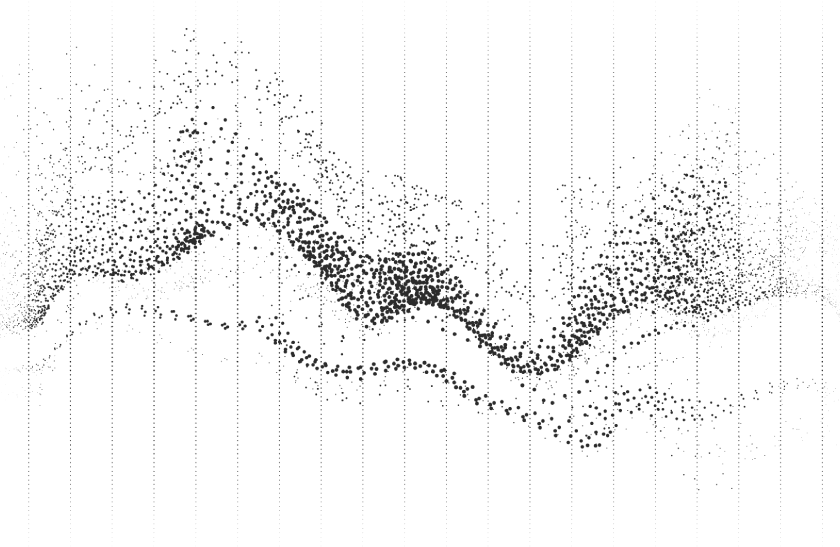Important features of Spain’s new housing law
The most relevant features of Spain’s new housing law published on 25 May 2023 are as follows:
- Real estate fees: The intermediation in property rentals will be paid by the owner and it will be compulsory to pay the monthly instalments by bank transfer.
- Definition of large tenant: A person (natural or legal) who owns more than ten urban properties for residential use, or who owns a constructed surface area of more than 1,500 m2 for residential use, excluding garages and storage rooms. The definition of large tenant may be replaced by "owner of more than five properties".
- Database: A database of residential rental contracts shall be created.
- Rent cap: Administrations may declare "stressed residential market areas", which are areas where there is a risk of insufficient housing supply. The declaration of a "stressed residential market area" implies justification of the following circumstances:
- The average burden of mortgage or rent in the family unit, plus supplies in that area, exceeds 30% of income.
- In the last 5 years, the purchase or rental price of housing in the area has experienced a growth of at least 3% more than the consumer price index (CPI) of the autonomous community. - New reference index: An index will be created for the annual update of lease contracts to avoid disproportionate increases.
- Surcharge for owners of empty properties: Administrations will impose a surcharge of up to 50% of the property tax quota –Impuesto sobre Bienes Inmuebles (IBI) – for residential properties that are permanently unoccupied.
- “Permanently unoccupied properties" are those that remain empty, continuously and without justified cause, for more than two years, and belong to owners of four or more residential properties, in addition to other requirements that may be included in the by-laws.
The government may also impose surcharges of up to 100% when properties are unoccupied for more than three years, and increase this by a further 50% in the case of properties belonging to owners of two or more residential properties that are unoccupied in the same municipality. - Tax incentives in income tax for property owners, specifically in the net rental yield:
- 90% deduction for owners of properties in stressed areas who reduce rent by more than 5%.
- 70% deduction for those who comply with
- Renting a property in a stressed residential market area for the first time to a tenant between 18 and 35 years of age.
- Renting to a tenant who is in public administration, and/or allocating the dwelling to social housing with a rent lower than the rental subsidy programme. - 60% deduction when the property has been refurbished in the two years prior to the contract.
- 50% deduction in other cases.
Macarena Ruiz holds a law degree and a master's degree in Finance from Complutense University of Madrid, along with a master's degree in Legal Corporate Advice from Garrigues. She gained professional experience in the ACS group in New York, USA, and Mahou San Miguel, Spain, before joining Ruiz Ballesteros Lawyers and Tax Advisors in 2013. Macarena specialises in commercial contracting, and property investments, and has extensive experience in legal defence.

/https://storage.googleapis.com/ggi-backend-prod/public/media/5077/FINAL---Spain-Real-Estate---shutterstock_1150243943-square.jpg)
/https://storage.googleapis.com/ggi-backend-prod/public/media/441/imageBddkfc.png)
/https://storage.googleapis.com/ggi-backend-prod/public/media/7159/house.jpg)
/https://storage.googleapis.com/ggi-backend-prod/public/media/7131/3e0cb405-1391-4d49-bf30-5cf3ee994ba0.jpg)
/https://storage.googleapis.com/ggi-backend-prod/public/media/6789/pexels-sevenstormphotography-439391.jpg)
/https://storage.googleapis.com/ggi-backend-prod/public/media/6760/6e548b02-fb5d-4b4f-a1f5-cc8e1680ada7.jpg)